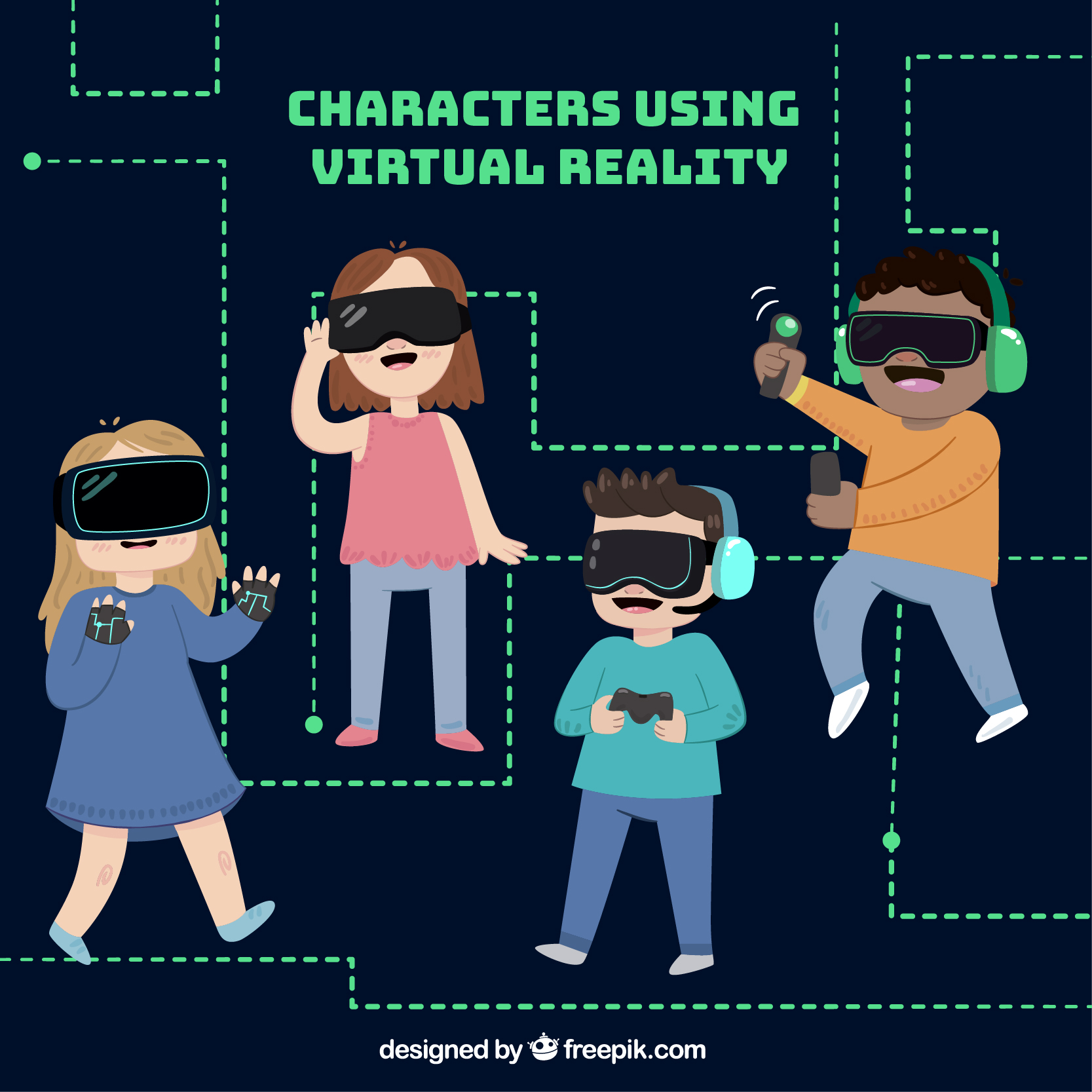Video games have undergone an incredible transformation, evolving from simple pixelated screens to fully immersive virtual worlds. What once started as a novelty has now become a dominant force in global entertainment, rivaling movies, music, and even traditional sports. But how did we get here? Let’s take a nostalgic yet futuristic journey through the evolution of video games and how they’ve changed the way we play, connect, and experience entertainment.
The Arcade Boom: Where It All Began
Before gaming consoles took over living rooms, the 1970s and 1980s were dominated by the arcade era. Games like Pong (1972) and Pac-Man (1980) weren’t just about fun—they were social experiences. Friends gathered at arcades, dropped quarters into machines, and battled for high scores. It wasn’t just about playing; it was about bragging rights and camaraderie.
However, arcades had their limitations. Gaming was restricted to those who could physically visit these places. That was about to change.
The Home Console Revolution: Gaming in Your Living Room
The late ’80s and early ’90s saw a massive shift—gaming came home. Nintendo and Sega became household names with the NES, SNES, and Sega Genesis, introducing legendary franchises like Super Mario, The Legend of Zelda, and Sonic the Hedgehog.
This era wasn’t just about gameplay; it was about stories. Players weren’t just moving characters across a screen; they were embarking on adventures, solving puzzles, and exploring worlds. Suddenly, video games had emotion, depth, and replay value.
The 3D Leap: A New Dimension of Storytelling
Then came the 1990s and early 2000s, where 3D gaming changed everything. Sony’s PlayStation and Nintendo 64 revolutionized the industry with games like Final Fantasy VII and The Legend of Zelda: Ocarina of Time.
For the first time, players weren’t limited to side-scrolling games. They could explore massive open worlds, interact with detailed characters, and truly lose themselves in the game’s universe. Cutscenes, voice acting, and cinematic storytelling became the norm, blurring the line between games and movies.
The Internet Age: Multiplayer Gaming Goes Global
The biggest game-changer? The internet.
While couch co-op was fun, online gaming made it possible to play with (or against) people from all over the world. The 2000s saw the rise of Xbox Live, PlayStation Network, and PC gaming giants like Steam.
Games like World of Warcraft, Call of Duty, and Counter-Strike brought competitive gaming into the mainstream. Suddenly, professional gamers weren’t just people playing for fun—they were making millions in esports tournaments.
Mobile Gaming: The Power in Your Pocket
Who would’ve thought that a phone could rival gaming consoles? Yet, with the rise of smartphones, games like Angry Birds, Candy Crush, and Pokémon GO introduced gaming to the masses.
Casual gamers who never picked up a console before were now hooked, swiping away during lunch breaks or on commutes. Gaming was no longer exclusive to hardcore players—it became for everyone.
The Future: AI, VR, and Cloud Gaming
So, what’s next?
-
- Virtual Reality (VR) is redefining immersion, letting players step inside game worlds like never before.
- Artificial Intelligence (AI) is creating smarter NPCs and even self-learning game mechanics.
- Cloud Gaming is eliminating the need for expensive hardware—streaming platforms like Xbox Cloud Gaming and GeForce Now allow anyone with an internet connection to play high-end games.
Final Thoughts: Gaming is Just Getting Started
From simple pixels to hyper-realistic simulations, gaming has come a long way. But one thing remains the same—it’s all about the experience. Whether you’re a casual mobile gamer, an esports pro, or a VR explorer, the world of gaming is bigger, better, and more inclusive than ever before.
